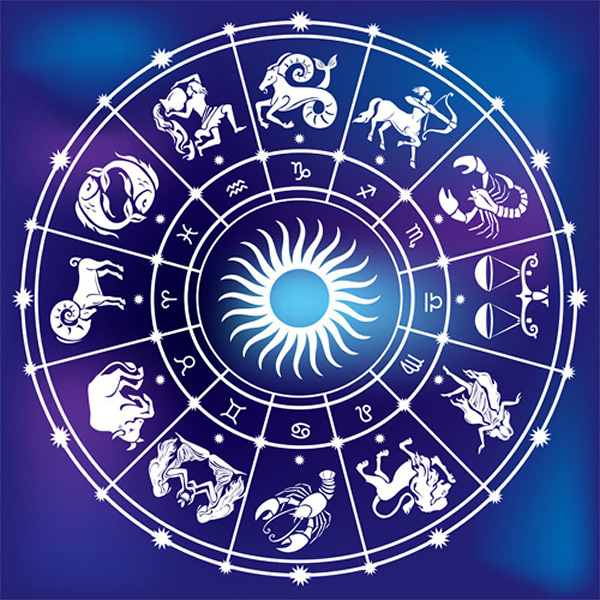
In Vedic astrology, the concept of karma is central to understanding an individual’s life path, challenges, and experiences. Karma, derived from the Sanskrit word “karm” meaning “action,” refers to the law of cause and effect—essentially, the idea that every action we take, whether good or bad, will have consequences that influence our future experiences. According to Vedic philosophy, life is a continuous cycle of actions and reactions, and the choices we make today are directly influenced by the actions of our past, both in this life and in previous ones. In Vedic astrology, karma is not just a philosophical concept but is woven into the fabric of the birth chart, helping to For Vedic Astrology why certain patterns emerge in our lives and how they can be transformed.
The natal chart, or kundli, in Vedic astrology is believed to be a mirror of an individual’s karmic blueprint, reflecting the actions and experiences of past lifetimes. Each of the planets in your birth chart represents a specific area of your life, and their placement in various houses reveals the karmic lessons you are meant to address in this life. For example, if a planet like Saturn is poorly placed in your chart, it might suggest a karmic debt related to a lack of discipline or responsibility in past lives, which could manifest as challenges in the present, such as difficulties in career or relationships. On the other hand, a well-placed Jupiter may indicate a favorable karmic influence, bringing growth, wisdom, and positive opportunities. Understanding the planetary placements and their connections in your chart offers insight into the karmic patterns at play and provides guidance on how to work through them.
The twelve houses of the birth chart, which represent different aspects of life such as family, career, relationships, and health, also play a role in revealing karmic influences. For example, the 4th house represents home, family, and emotional security, and if it is afflicted by malefic planets, it could indicate unresolved karmic issues related to the home or early childhood. This might manifest as difficulties in finding emotional stability or strained family relationships. By understanding these patterns, individuals can address karmic issues and make conscious choices to heal and grow. Moreover, the dasha system—an integral part of Vedic astrology—further refines the karmic analysis by breaking life down into planetary periods that reflect how karma unfolds over time. Each period (or dasha) governed by a planet brings particular karmic experiences to the forefront, offering opportunities for resolution or growth.
The Nakshatras, or lunar constellations, also provide insight into an individual’s karmic path. The Moon’s position in one of the 27 Nakshatras in the birth chart can reveal emotional and psychological tendencies that are deeply connected to past-life karma. Each Nakshatra is associated with specific deities and cosmic energies that shape an individual’s emotional and spiritual nature. For example, if the Moon is placed in the Nakshatra of Krittika, ruled by the deity Agni (the god of fire), it suggests a karmic inclination towards purification, transformation, and spiritual awakening. People born under this Nakshatra may encounter intense life experiences that push them toward self-purification and healing. The Nakshatras help astrologers to pinpoint not just the emotional tendencies but also the spiritual lessons an individual is meant to learn, offering a deeper understanding of how karma influences emotional growth.
Karma in Vedic astrology is not just about dealing with past-life debts but also about the potential for spiritual growth and liberation in this lifetime. By understanding the karmic influences present in the birth chart, individuals can work toward overcoming negative patterns and evolving spiritually. For example, if a person has challenging placements in their chart, such as a weak Sun or Mars, it might indicate that they need to work on developing confidence, leadership, and assertiveness. The awareness of these challenges can help them take proactive steps to address these issues, leading to personal and spiritual growth. Additionally, Vedic astrology emphasizes the importance of living in harmony with the cosmic order, cultivating positive actions in this life to create good karma that will positively influence future lifetimes.
One of the most powerful aspects of Vedic astrology is the ability to use the knowledge of karma to bring about healing and transformation. By understanding the karmic patterns in the birth chart, individuals can make choices that align with their highest potential and work toward the resolution of negative karma. This can involve specific remedies or practices, such as chanting mantras, performing rituals, or making charitable donations, which are believed to help mitigate the effects of negative karma and enhance positive outcomes. Vedic astrologers may recommend gemstone therapies, planetary pujas, or specific spiritual practices to help individuals balance their karmic energies and improve their life circumstances. These remedies are designed to create a sense of spiritual alignment and harmony, offering a path toward healing and fulfillment.
In conclusion, karma is an essential and profound concept in Vedic astrology, offering a comprehensive framework for understanding the challenges, opportunities, and spiritual lessons that shape our lives. By exploring the karmic influences in the birth chart, individuals gain insight into their life’s purpose and the energies at play in their personal journey. The birth chart serves as a guide, revealing the karmic patterns that need to be addressed and offering pathways for spiritual growth, healing, and transformation. Through the lens of Vedic astrology, karma becomes not just a force of fate, but a tool for conscious evolution, empowering individuals to make choices that align with their highest potential and lead to a life of fulfillment, peace, and spiritual enlightenment.